5 fitness rules women should actually listen to
The ultimate guide is finally here

Lifestyle
Don't miss out on the headlines from Lifestyle. Followed categories will be added to My News.
Here's what a doctor, a sports coach and a research scientist can tell you about female health.
It’s gratifying that in their new book, The Female Body Bible, GP Dr Bella Smith, sports research scientist Dr Emma Ross and athletic coach Baz Moffat write as though every reader is a potential Olympian. “We set very high standards for women,” they say.
Drawing on science and their experiences, this formidable trio have produced a furious, taboo-busting book. You realise the novelty, necessity and power of taking fitness as seriously for women as men. You’re also reminded that the ignorance regarding women and their physiology is a disgrace. As Smith, 45, says, women often feel like “guests in a man’s world”.
She cites two examples: the lack of pain relief during gynaecological investigations, and endometriosis, which affects one in 10 women and takes an average of eight years to be diagnosed. “Women tolerate terrible, terrible symptoms,” Smith says.
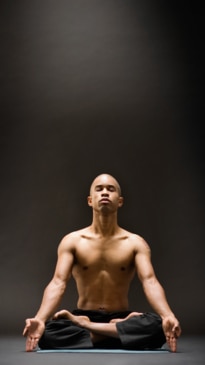
They’re also misdiagnosed (Ross was once packed off to a tropical diseases clinic when she had premenstrual syndrome) and ill served (apparently even Serena Williams struggles to find a good sports bra — Serena Williams!).
When I call Smith we have a quick rant about Wimbledon undershorts and male-centred diagnosis of heart attacks, then she says: “We don’t want it to be anyone’s fault, we just have to notice that this world is designed by men, for men, and that has to change.”
“We want to equip women, girls, with this information from a young age so they can be healthy and active,” Smith says. “They can enjoy sport, they can enjoy being a woman; they’re not ashamed.” Read on for an excellent starting point.
Don’t work out fasted
Moffat, a former elite rower, often sees perimenopausal women who eat less or train fasted. The one big issue with that? It sends the body into fight-or-flight mode, boosting fat storage. “It’s a no from us on fasted training,” the trio say. Women use more fats and fewer carbs to fuel a workout than men — one reason that females are naturally better at endurance exercise — but this means that fasted training works against the needs of female physiology. It creates a state of “low energy availability”, and if a woman who is fasting goes running, for example, this leads to twice the amount of muscle breakdown.
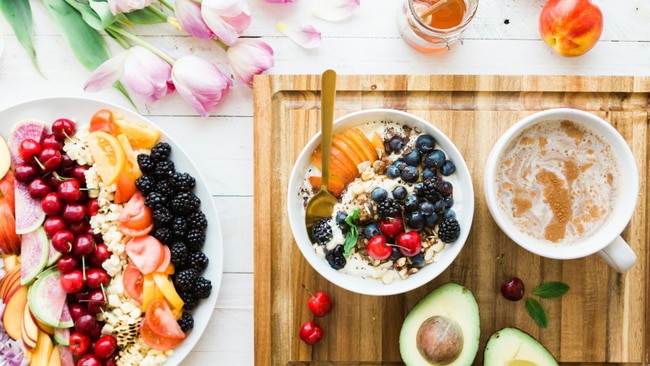
#1. Exercise your pelvic floor
“Thirty per cent of women stop exercising in midlife because of menopausal symptoms,” Smith says. One of them, she says, is “leaky urine, because they’ve never been told about their pelvic floor”. But for many this starts much earlier, and in sport it’s rife, affecting up to 80 per cent of women. Signs that your pelvic floor isn’t performing as it should include, they say, a small leak when you get up from the loo or emptying your bladder then needing to go again shortly after.
Nor is it OK to go to the loo 12 times a day (five to seven is ideal provided you’re not drinking several litres of water a day.) “The pelvic floor can be too weak or too strong,” Smith says. Back pain and constipation are lesser-known signs of dysfunction, and pelvic floor exercises make all the difference. A brief guide: imagine drawing a tampon up into your vagina, hold for two seconds then relax — repeat 10 times, once a day, while standing up. Tell your daughters and don’t be coy. As Smith says: “Let’s call a vagina a vagina!”
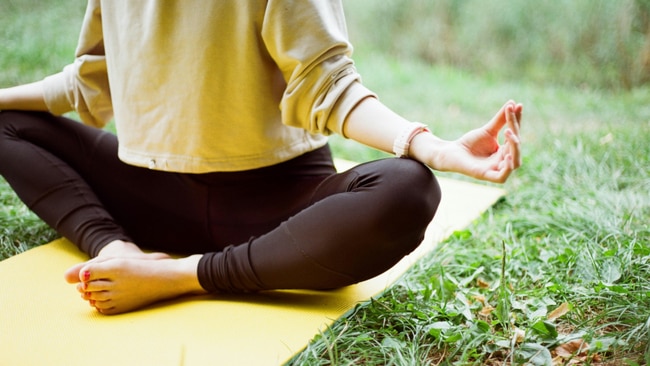
#2. Understand your hormones
“At different times in our cycle we’re more prone to injury — oestrogen makes your joints a bit more lax,” Smith says. But it has advantages too. Oestrogen, which starts to rise from the first day of your period and peaks at ovulation, influences serotonin production, increasing positivity, motivation and energy — so women might feel more resilient and active then. In the second week of our cycle, when oestrogen is high, we have more glucose in our muscle fibres — the perfect time for high-intensity training.
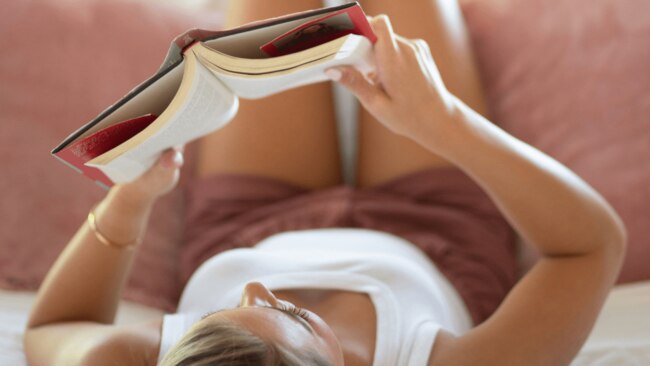
#3. Strength train at the right time
In short, start SSTiFing. That’s “Stacking Strength Training in Follicular” in everyday terms. The reason this snappy acronym matters? Research suggests that, to maximise their gains, women should do more strength training in the first half of their cycle. Meanwhile, in the second half, “progesterone may be responsible for a slight change to your skill and coordination”. More research is needed, they say, but if you feel “slightly off” your game, caffeine can improve alertness and cognition.
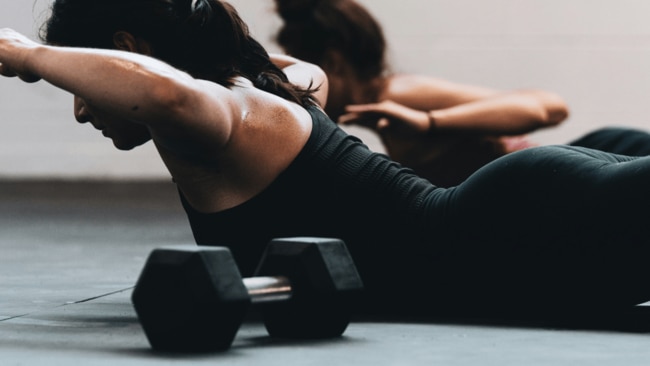
#4. Track your menstrual cycle
Using an app that allows you to review previous months and spot patterns will help you to understand its physical and psychological impact, but don’t let AI advice override your intuition. “This is body literacy,” Smith says. “Every day of our 28ish-day cycle is different, because our hormones are changing.” They affect, for example, the brain, body temperature, sleep, appetite, blood sugar — and the bowel, which she says “is why lots of women get what we call ‘period poo’ — when you [have] your period you often get diarrhoea.”
Who talks about this stuff? All of us, ideally. When they spoke to a class of nine-year-olds about the menstrual cycle, girls wanted to know if the blood “spurts” and if you could bleed out. Do adults know that a heavy period (over 80ml of blood) means that there’s a hormonal imbalance; too much oestrogen, not enough progesterone?
“You shouldn’t have to change a tampon more than every three to four hours,” they say. Exercise and healthy gut bacteria may help to lighten the flow by improving hormone health. And magnesium helps to regulate oestrogen levels; magnesium-rich foods include leafy green vegetables, wholegrains, legumes, nuts and seafood.
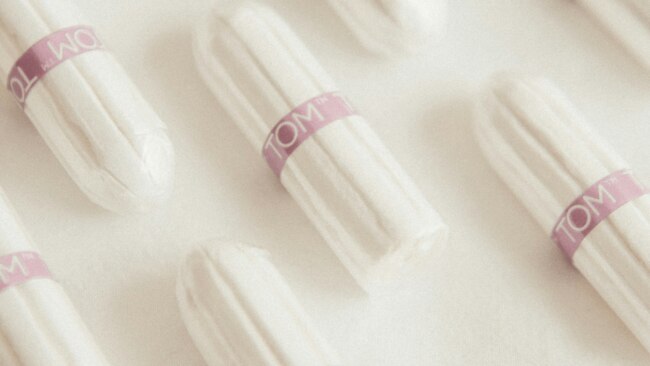
#5. Realise your period is a sign of health
“You’re going to perform at your best when you’re having a period, ironically,” Smith says. It shows that you’re getting enough nutrition from your diet. “Its absence should raise alarm bells.” While there are many reasons for a missed period, “relative energy deficiency” is a possible cause, especially in active teens.
If you’re not getting enough nutrients and fuel to produce the right hormones, Smith says, your body shuts down a non-vital system — the reproductive system. Our oestrogen, progesterone and testosterone “flatline” — it affects the health of our whole body, she says. “Without those hormones we start to get ill.
“If you’re not having a period, you’re more at risk of injuries, more mental-health symptoms; you’re more at risk of depression; you’re more prone to coughs and colds.” If you have a coil, that may stop your period, and if you’re on the pill your natural hormones are suppressed — so it’s even more important to be alert for those physical and psychological symptoms (mood, illness etc).
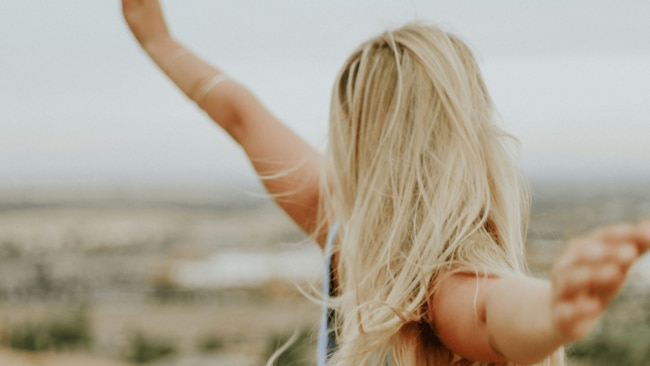
3 Aussie women making waves in fitness
Making contact sports safer:
Donna Johnson, co-founder of Zena Sport
Along with her co-founder and husband Brad, the duo have been making contact sports like soccer and football safer for girls and women with their Zena Z1 Impact Vest, which is scientifically proven to reduce the impact of chest and rib blows by 75 per cent. Ground-breaking stuff.
Making venues more inclusive:
Dr Bliss Cavanagh, founder of Creative Sensory Spaces
Cavanagh first started working in this area to help relieve her own symptoms of Tourette’s syndrome. After researching the health and wellbeing benefits of these spaces for neurodivergent sports fans, she now creates and designs sensory projects for clients in healthcare, education, disability, entertainment and sports venues.
Making exercise worry-free:
Sara Clappers, founder of Coo-Wee
There aren’t many options for the one in four women who experience urinary incontinence (UI) and aren’t fans of working out or being active while wearing bulky pads or incontinence undies. That’s why Clappers created Coo-Wee, a reusable UI device that looks like a menstrual cup, but rather than holding liquid it puts pressure on the pelvic floor and bladder to help stop unexpected bladder leaks.
More Coverage
Originally published as 5 fitness rules women should actually listen to




